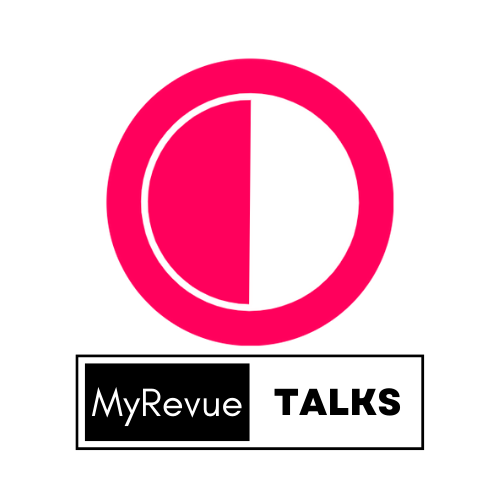User-Generated Content and Customer Insights: Extracting Actionable Data for Brands
By analyzing UGC, brands can gain a deeper understanding of their customers' preferences, behaviors, and needs.

Written by Shivangi
Updated on 06/07/2023
<p class="MsoNormal">User-generated content (UGC) can provide valuable customer
insights and actionable data for brands. By analyzing UGC, brands can gain a
deeper understanding of their customers' preferences, behaviors, and needs.
Here's how UGC can help extract actionable data for brands:<o:p></o:p></p><p class="MsoNormal"><br></p>
<p class="MsoNormal">Sentiment Analysis: Analyzing UGC allows brands to assess
customer sentiment towards their products, services, or brand as a whole. By
monitoring customer reviews, comments, and social media conversations, brands
can identify positive, neutral, or negative sentiment. This sentiment analysis
helps brands gauge customer satisfaction, identify areas for improvement, and
take necessary actions to address any issues or concerns.<o:p></o:p></p><p class="MsoNormal"><br></p>
<p class="MsoNormal">Product Feedback and Reviews: UGC in the form of product
reviews and feedback provides valuable insights into customers' experiences,
preferences, and pain points. By analyzing UGC reviews, brands can identify
common themes, product features customers appreciate or dislike, and areas
where improvements can be made. This data enables brands to make informed
decisions about product development, enhancements, or modifications.<o:p></o:p></p><p class="MsoNormal"><br></p>
<p class="MsoNormal">Customer Preferences and Trends: UGC can reveal customer
preferences, emerging trends, and shifts in consumer behavior. By monitoring
and analyzing UGC, brands can identify patterns, topics of interest, and
changing customer needs. This information helps brands stay relevant, adapt
their strategies, and tailor their offerings to meet customer expectations.<o:p></o:p></p><p class="MsoNormal"><br></p>
<p class="MsoNormal">Content Performance and Engagement: UGC analysis can provide
insights into the performance of brand-generated content and campaigns. By
measuring customer engagement, interactions, and content reach, brands can
assess the effectiveness of their marketing efforts. This data allows brands to
optimize their content strategy, identify high-performing content formats, and
refine their messaging to maximize customer engagement.<o:p></o:p></p><p class="MsoNormal"><br></p>
<p class="MsoNormal">Audience Segmentation: UGC analysis can contribute to
audience segmentation and targeting. By analyzing UGC, brands can identify
different customer segments based on demographics, interests, or behaviors.
This data helps brands tailor their marketing efforts, messaging, and offers to
specific customer segments, improving the relevance and effectiveness of their
campaigns.<o:p></o:p></p><p class="MsoNormal"><br></p>
<p class="MsoNormal">Influencer Identification and Partnerships: UGC can help
brands identify influential customers or brand advocates who generate
significant UGC. By analyzing UGC, brands can identify customers with a large
following, high engagement rates, or a strong influence over their network.
This information enables brands to build partnerships with influential
customers or collaborate with them to amplify their message and reach new
audiences.<o:p></o:p></p><p class="MsoNormal"><br></p>
<p class="MsoNormal">Customer Journey Insights: UGC analysis provides insights
into customers' journeys, allowing brands to understand touchpoints, pain
points, and moments of delight. By analyzing UGC across different stages of the
customer journey, brands can identify opportunities for improvement, enhance
customer experiences, and optimize their sales funnel.<o:p></o:p></p><p class="MsoNormal"><br></p>
<p class="MsoNormal">Competitive Analysis: UGC analysis can provide insights into
how customers perceive and compare a brand with its competitors. By monitoring
UGC related to competitors, brands can gain insights into their strengths,
weaknesses, and areas of differentiation. This data helps brands refine their
positioning, messaging, and strategies to stay ahead in the market.<o:p></o:p></p><p class="MsoNormal"><br></p>
<p class="MsoNormal">To extract actionable data from UGC, brands can leverage
sentiment analysis tools, social listening platforms, customer review
platforms, and data analysis techniques. By harnessing the power of UGC data,
brands can make data-driven decisions, improve their products and services,
enhance customer experiences, and strengthen their competitive advantage.<o:p></o:p></p>
<p class="MsoNormal"><o:p> </o:p></p>
